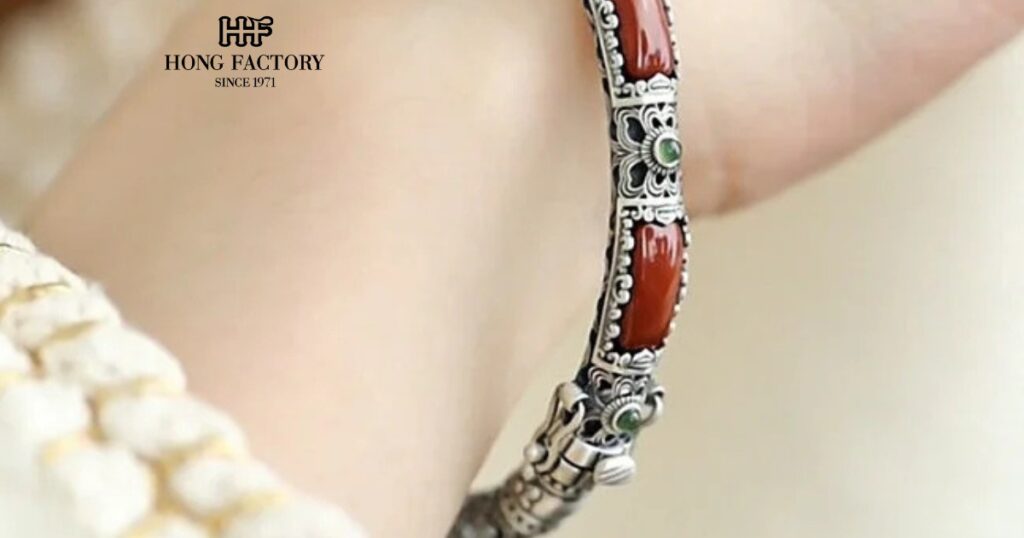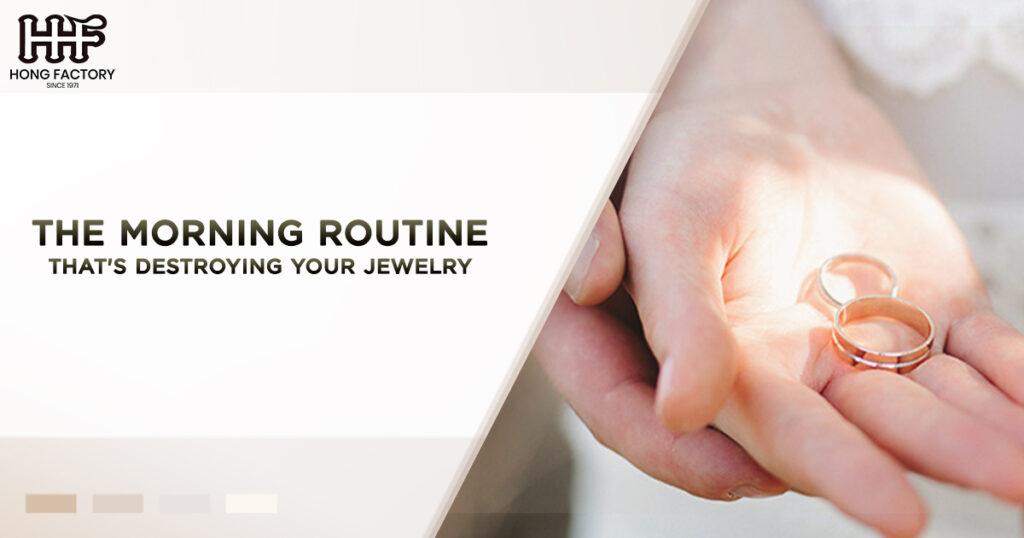
Jewelry holds immense sentimental and financial value, making it essential to protect it properly. Whether it’s a dazzling engagement ring, a family heirloom, or a luxury watch, most people rely on jewelry insurance to provide peace of mind. However, there are hidden dangers to this approach. Insurance isn’t always foolproof, and failing to understand its limitations can leave you unprotected at the worst possible time. In this article, we’ll explore the lesser-known gaps and restrictions within jewelry insurance policies.
The Basics of Jewelry Insurance
Jewelry insurance provides financial protection against risks such as theft, loss, or accidental damage. Coverage can be availed through homeowners or renters insurance with a rider/endorsement or through specialized standalone jewelry insurance policies. While policies vary by insurer, they are designed to reimburse policyholders up to the stated value of the jewelry.
However, there’s a catch – many people fail to understand their policy’s insurance limits and exclusions, potentially exposing themselves to unexpected out-of-pocket expenses.
Misconceptions About Jewelry Insurance
Many policyholders assume that once their jewelry is insured, it’s covered for every eventuality. This is far from the truth. Below are some common misconceptions that often lead to frustration
- Assumption 1 – Insurance covers all types of loss.
- Assumption 2 – The full value of the jewelry is reimbursed.
- Assumption 3 – Policies offer global protection without restrictions.
Understanding the fine print of your policy is critical to avoid costly surprises later.
Key Risks and Hidden Gaps in Jewelry Insurance
- Policy Exclusions
One of the most significant gaps in jewelry insurance lies in policy exclusions. Insurers often have a long list of circumstances under which they won’t cover your jewelry. For example –
- Damage caused by natural disasters like earthquakes or floods may not be covered unless you have additional riders.
- Insurance may not cover mysterious disappearance (e.g., when you lose a ring but can’t prove what happened).
- Wear and tear or gradual deterioration of pieces are universally excluded.
Tip – Regularly discuss your needs with your insurer, particularly if you live in an area prone to natural disasters or frequently wear jewelry.
- Underinsured Jewelry
A common mistake is failing to appraise valuable pieces accurately. Many people assume their policy will provide full reimbursement for their jewelry’s value, but this isn’t always the case. Policies often have coverage caps, and if your jewelry is worth more than the insurance limit, you’d only recover a portion of the item’s value.
- Example – If your homeowners insurance policy has a $1,500 jewelry limit, but your engagement ring is worth $10,000, you’ll only receive the $1,500 maximum payout unless you’ve opted for additional coverage.
- Solution – Obtain professional appraisals regularly (every 2–3 years) and adjust your coverage to reflect the current market value of your jewelry.
- Geographical Restrictions
If you love traveling with your jewelry, be cautious. Some policies only cover theft or damage within specific geographical zones. For instance, you might not be insured if you lose your necklace while on vacation overseas.
- Actionable Tip – Choose a policy that offers worldwide coverage if you frequently travel with valuables. Check the fine print for any territories or countries excluded from protection.
- Lack of Regular Appraisals
Failing to update appraisals could mean your jewelry is undervalued due to fluctuations in the market price for gemstones and precious metals. Insurance companies base reimbursement on the amount listed in your policy, not on the current market value.
- Example – If you insured a diamond ring for $5,000 five years ago and diamond prices have increased, you might be reimbursed less than the replacement cost.
- Solution – Schedule regular appraisals with a certified jeweler and update your policy accordingly.
- High Deductibles
Some policies come with high deductibles that render filing smaller claims pointless. For instance, if your insurance policy has a $1,000 deductible but you lose a $1,200 necklace, you’d only receive $200 in compensation after paying the deductible.
- Tip – Review your deductible options and consider adjusting them to match your financial situation.
Neglecting Proper Jewelry Protection
Even with insurance, taking precautions to protect your jewelry is essential. Insurance is not a substitute for proper care. Prevention is better than cure, and here’s how you can ensure better jewelry protection
- Store Jewelry Safely
Always store your jewelry in a secure location, such as a safe or a locked drawer. If possible, invest in a fire-proof and water-resistant safe.
- Avoid Wearing Jewelry During Risky Activities
Certain activities—like swimming, gardening, or exercising—pose a higher risk of damage or loss. For example, chlorine can damage gold and platinum while lotions and sweat can cause discoloration over time.
- Use a Jewelry Travel Case
When traveling, pack valuables in a specially designed jewelry travel case, and avoid putting them in checked luggage.
How to Bridge the Gaps
- Choose Specialized Jewelry Insurance
Consider a standalone jewelry insurance policy rather than relying on homeowners or renters insurance. Specialized policies often include fewer restrictions, higher coverage limits, and worldwide protection.
- Ask the Right Questions
When shopping for jewelry insurance, ask your insurer specific questions, such as
- What types of loss are covered?
- Are there any geographical exclusions?
- How often do I need to update appraisals?
- What’s the deductible?
- Appraise and Document
Ensure that all your pieces are appraised by certified gemologists. Keep photographic evidence, receipts, and appraisal documents safe for future claims.
- Update Policies Regularly
Over time, the value of precious metals and gemstones can change. Regularly update your policy to match your jewelry’s current replacement cost.
Conclusion
Jewelry insurance is a critical component of protecting your valuable pieces, but it’s not a one-size-fits-all solution. By understanding the limitations of jewelry insurance and insurance gaps, you’ll be better prepared to safeguard your treasures fully.
Taking proactive steps, such as inspecting the fine print, updating appraisals, and exploring specialized policies, will ensure that your cherished keepsakes are protected no matter what life throws your way.
Ultimately, securing adequate jewelry protection is about more than just financial reimbursement—it’s about preserving memories and legacies that are often irreplaceable. Don’t let the hidden dangers of incomplete insurance coverage leave you exposed; instead, take charge of your protection today.


